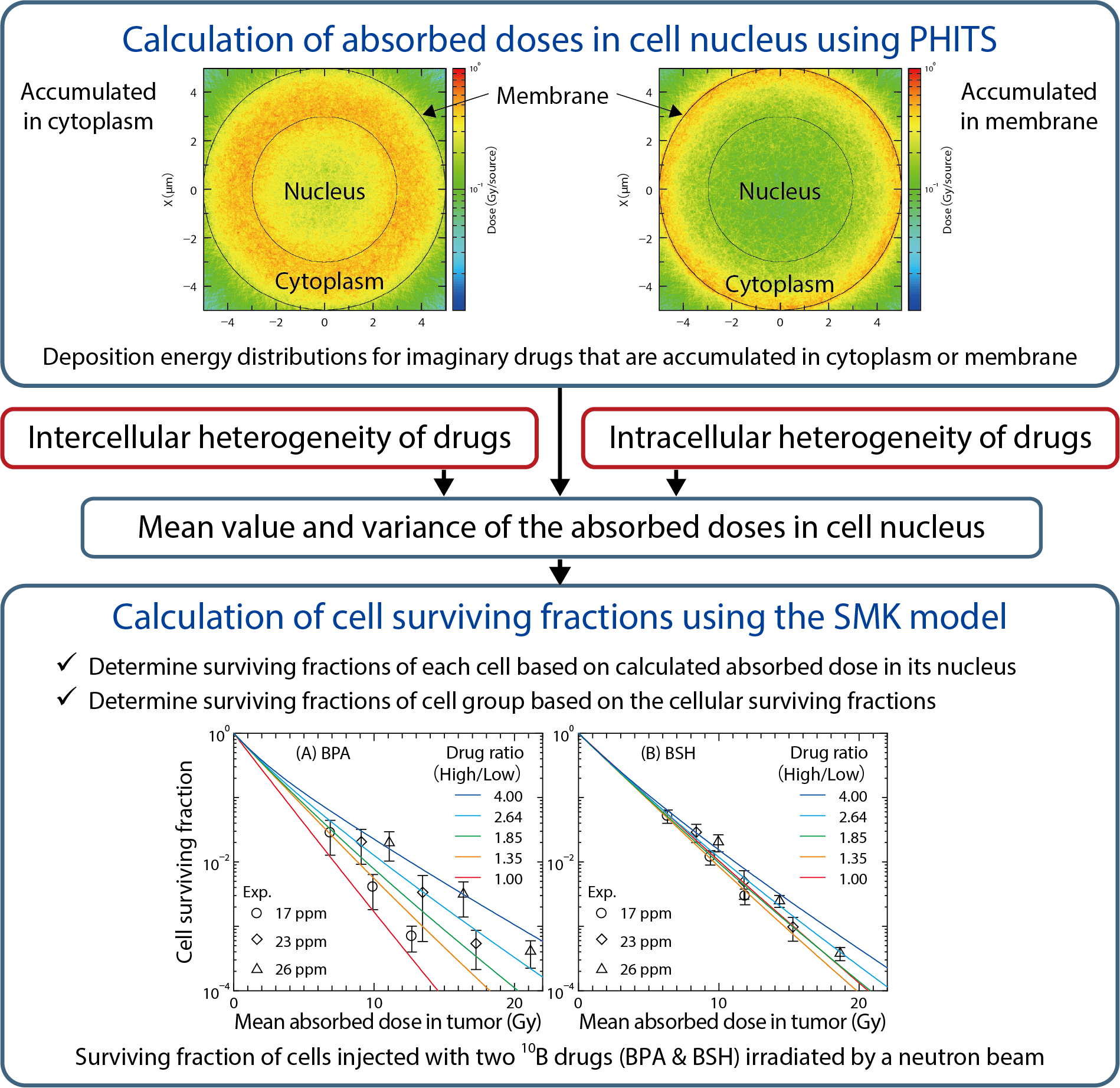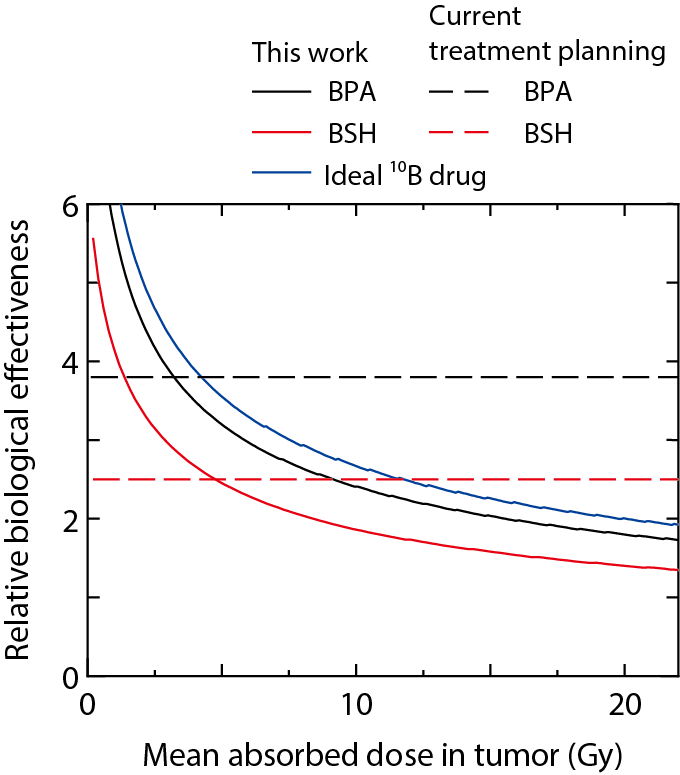
Fig.4-12 Flowchart of our developed model

Fig.4-13 Relative biological effectiveness of the therapeutic effect of BNCT in comparison to X-ray therapy as a function of the mean absorbed doses in a tumor
Boron neutron capture therapy (BNCT) is a noninvasive therapeutic modality that uses a tumor-localizing drug containing 10B. In BNCT, patients are injected with the drug and irradiated by neutron beams to cause 10B(n,α)7Li reactions within their bodies. The ranges of the generated α particles and 7Li ions are equivalent to the size of a cell; thus, they can selectively kill tumor cells. Therefore, BNCT is particularly effective for treating locally invasive malignant tumors, and is under clinical trial for such tumors.
The therapeutic effect of BNCT is known to depend upon the concentration and type of the drugs used in the treatment, even when the absorbed doses are the same. However, the mechanism behind this dependence has yet to be elucidated. We therefore developed a mathematical model for estimating the therapeutic effect of BNCT based upon the Particle and Heavy Ion Transport code System (PHITS) coupled with the stochastic microdosimetric kinetic (SMK) model.
Fig.4-12 shows the flowchart of our developed model. First, the absorbed doses in the cellular nucleus are calculated for imaginary drugs that are accumulated only within the cell-nucleus, cytoplasm, cell membrane, or extracellular space using PHITS. Then, those for the actual drug are estimated from the calculated data, considering the intracellular and intercellular heterogeneity in the drug distribution. The surviving fractions of each cell and cell group are successively determined based on the mean value and variance of the calculated absorbed doses within the cellular nucleus. The accuracy of the calculated surviving fractions turns out to be well-validated by the animal-experimental data. Using this model, we estimated the dose dependences of the therapeutic effect of BNCT in comparison to X-ray therapy, and found that current treatment plans may underestimate and overestimate the therapeutic effect for lower- and higher-dose irradiations, respectively, as shown in Fig.4-13.
Two conclusions are derived from this study. (1) For improving the therapeutic efficacy of BNCT, it is important to develop drugs that accumulate in tumor cells with less intercellular heterogeneity. (2) It is desirable to consider the dose dependence of the relative biological effectiveness in treatment planning of BNCT. The developed model can theoretically estimate the therapeutic effect of BNCT, which used to be evaluated only in an empirical way. Thus, it can play important roles not only in treatment planning, but also in drug-discovery research for future BNCT.
This work was supported by the Japan Society for the Promotion of Science (JSPS) KAKENHI Grant-in-Aid for Scientific Research (C) (No.26461900).